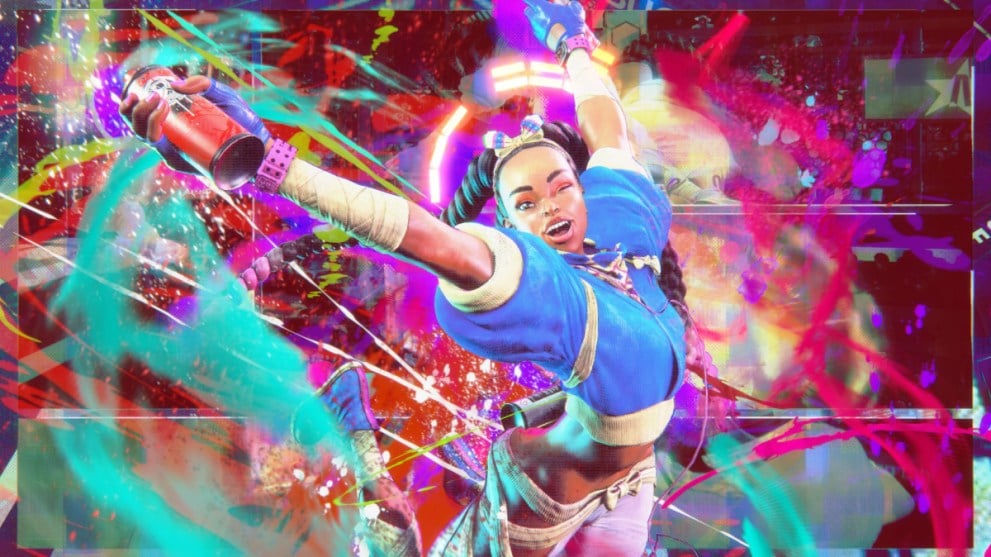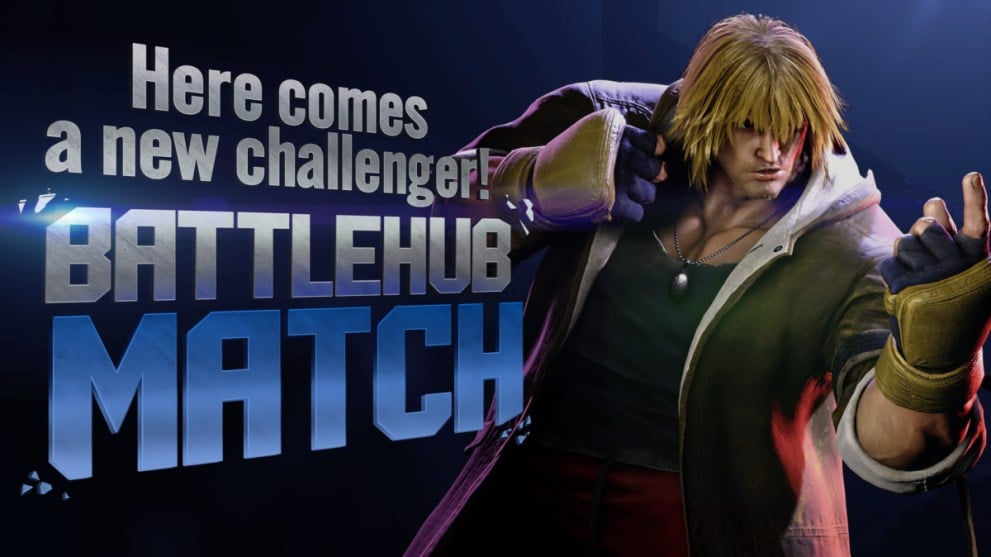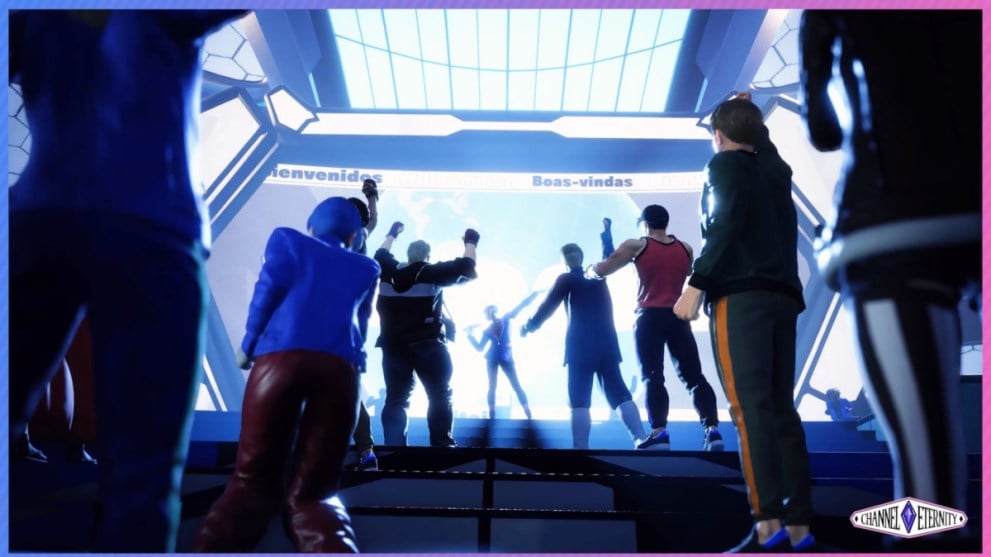To say that Street Fighter 6 has a lot riding on it would be an understatement. Street Fighter 5’s launch was marred by everything from server issues to gripes about its lack of content, and the latter in particular took a long time to remedy. Even then, it suffered from a lasting reputation as a game that was shipped out half-baked, and the series has rested in a less than favorable position ever since.
Enter the sixth installment in the series, which bears the burden of correcting the issues of the last entry while also being the first title in the franchise landing on modern consoles. Should Capcom fail to meet people’s expectations on either front, the result could leave the series in a precarious position, with the very relevance of the Street Fighter name at risk of fading.
All of this was on my mind as I dove head-first into the closed beta for the game. After hours spent duking it out with opponents though, I wasn’t left with the impression that the game only wants to make up for past mistakes. Instead, it feels like Street Fighter 6 is building toward being a premiere fighting game experience.
This isn’t because it has some early edge over the competition though. On the contrary: Street Fighter 6 seems like an incredibly straightforward fighting game on its face, and wears the elements that people associate with Street Fighter on its sleeve. Those who have played the fifth game or any that came before it would instantly be at home with this new title, save for the new outfits and aesthetics of established characters.
What it does do is offer these elements in an incredibly polished way, and I do mean polished. Even in its Beta build, this game felt like a title that could be available right now. Attack inputs are responsive and fluid, with characters firing off moves and combos with little to no lag. The majority of the matches I fought in saw little to no slowdown or chugging framerates, and they held onto a crisp 60 FPS besides.

And that’s just how the game functioned technically. Mechanically, Street Fighter 6 is just as well built and impressive, but with the added benefit of a deceptively deep well of gameplay options. Its core mechanics are easy enough to learn and master, but it offers plenty more for experienced players to dig into so that the game still feels fresh even after hundreds of matches.
Case in point: if a newer player were to dive into the game, they’d be able to get a grasp on how to attack, block, grab, dodge and maneuver within minutes. This alone could see them toward a fair number of wins, and they’d be able to enjoy the game even without digging any deeper than that.
And yet, if they did choose to see what else lies under the surface, they’d be met with a treasure trove of other elements that can greatly impact the title’s gameplay. Different characters have different abilities they can implement with the right timing, doing things like creating environmental hazards to better control where an opponent can move. Attack damage can be boosted or debuffed based on how many of a player’s attacks land and when, and special abilities can be countered for a massive comeback combo.
At the center of them all is the Drive system, which serves as the backbone for these more unique elements. Knowing when to use it and how can swiftly turn the tide of a match, with a player who was barely holding their own able to trounce their opponent in seconds.
To be sure, these less obvious options aren’t always as intuitive as the base gameplay mechanics, and going up against them without knowing how to use them in turn can be overwhelming. However, this also poses a perfect challenge to keep players engaged even after the rush of the game’s initial first impression wears off.
I went back into the Beta’s matchmaking again and again because I was eager to figure out how to properly utilize the Drive mechanics, pulling off a damage-tanking counter strike or a super move that could level a stronger opponent. Nailing these moves after practicing them in matches felt gratifying and exhilarating, and left me wanting to see what else I could do with the seemingly endless array of gameplay options.

Helping all of this was the overall presentation of the game. The visual aesthetic is a nice blend of more modern graphical styles and what people would consider a Street Fighter look. Character models are detailed while still holding a cartoonish over-proportional look, allowing the fighters to retain their more exaggerated styles and design elements while also feeling up to snuff with the current generation’s visual standards.
This also applies to the game’s stages, which feel lively and distinct with plenty for observers to take in. A battle among onlookers in a bustling city has a different atmosphere compared to a more tropical local, and there are the usual slew of blink-and-you’ll-miss-it details to take in.
Completing the package are some thumping beats for players to bash each other’s heads in to. While the songs available all fell into the same camp of lively and energetic music, they were still welcome additions to the experience and left me pumped for each new match that I went into.
Needless to say, all of this left me highly impressed with Street Fighter 6, and reassured that there’s already a solid foundation for the game to build off of further. And build it will: in addition to all of these mechanical features, there were also glimpses of content meant to turn the game into a new social hub for its fans.

When one entered the Street Fighter 6 Beta, they’d be tasked with creating a custom character before entering an interactive lobby known as the Battle Hub; a massive, fantastical fighting game tournament ground. The Hub is littered with arcade cabinets which players can interact with to compete in matches or spectate, expediting the matchmaking process and lending the multiplayer a surprising sense of community.
Surrounding these cabinets are booths where players can enter tournaments or buy cosmetics for a created character. They range from subtle and stylish to bonkers and ridiculous, and lent the game a nice air of goofiness that felt right at home in a title meant to entertain massive groups of people.
These bits in particular were the most interesting feature of the beta for several reasons. While they may not have seemed super important at first, both helped make Street Fighter 6’s multiplayer feel more personal and connected than Street Fighter 5’s ever did. It made me want to immerse myself in its matchmaking for hours on end, and there were more than a few others who were right there beside me until the Beta’s final minutes.
There’s little else to say aside from the fact that Street Fighter 6 has massive potential, and is primed to be exactly the step up from its predecessor fans have been dying for. There’s still a ways to go until it’ll be ready for release, but when it does, I have little doubt that it’ll be a contender for the crown of best fighting game this generation.
